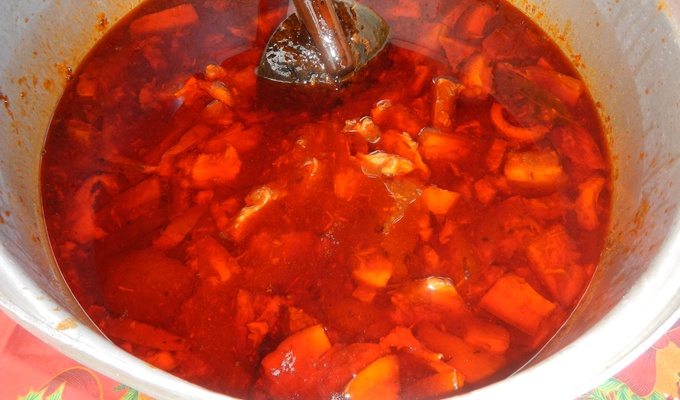.mw-parser-output .hatnote{font-style:italic}.mw-parser-output div.hatnote{padding-left:1.6em;margin-bottom:0.5em}.mw-parser-output .hatnote i{font-style:normal}.mw-parser-output .hatnote+link+.hatnote{margin-top:-0.5em}
See also: Asado roll, Siopao, and Char siu buns
Pork asado buns
Pork asado, also known as "Chinese" asado or "Chinese-style" asado, is the variant most commonly associated with the name asado. It is derived from the Chinese dish char siu, and possibly also influenced by the Hokkien dish tau yew bak. Unlike char siu however, the dish is always braised, not grilled or roasted. The dish is made with pork braised in soy sauce, garlic, bay leaves, onion, brown sugar, and various Chinese spices (usually star anise and five spice). It is very similar to humba and pata tim, which also originate from Chinese-Filipino migrants. It also resembles hamonado, because of its sweetness, though hamonado uses pineapples and is a native dish.
Pork asado is usually sliced thinly and served with the braising liquid. Pork asado is also commonly shredded and used as fillings for sandwiches and buns. It is also the primary filling of the Filipino siopao, which is also known as siopao asado.
A variant of pork asado is the "Macau-style" pork asado. It uses the same ingredients but differs primarily in that the meat isn't broiled beforehand, but rather it is boiled directly in the marinade until tender.
